- Mar 29, 2009
- 1,624
- 22
- 161
Quote:
I have never heard of the term "Chunks" very interesting.
I have never heard of the term "Chunks" very interesting.
Follow along with the video below to see how to install our site as a web app on your home screen.
Note: This feature may not be available in some browsers.
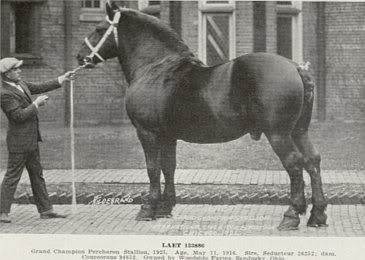


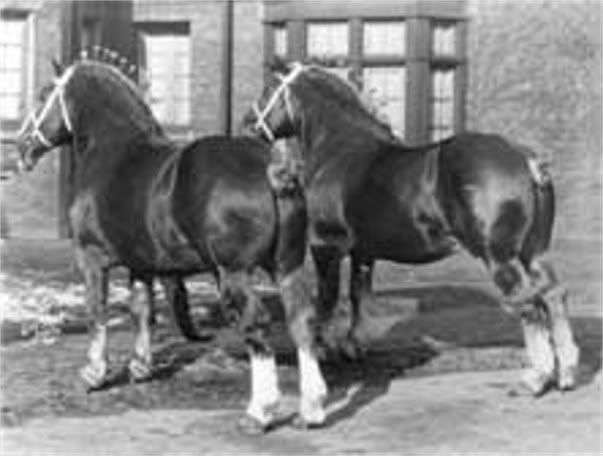


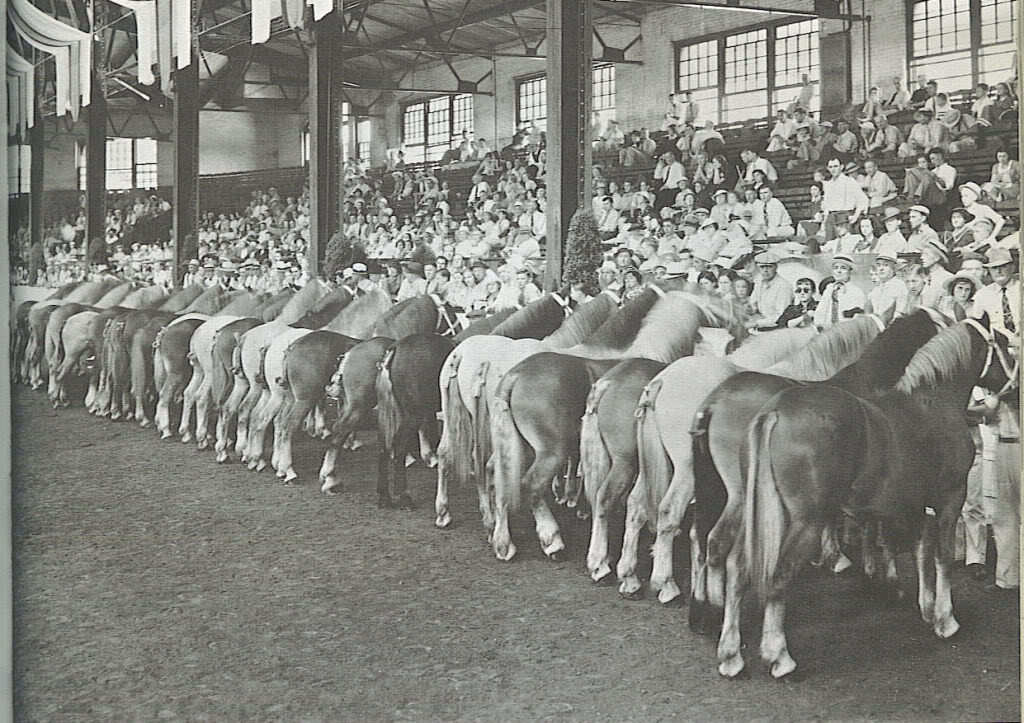

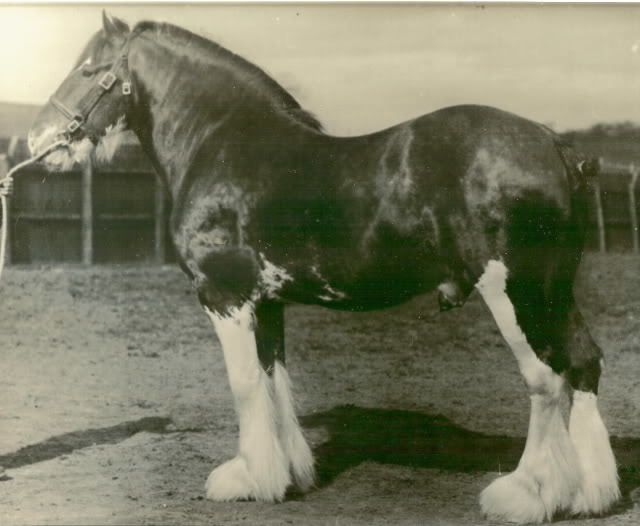
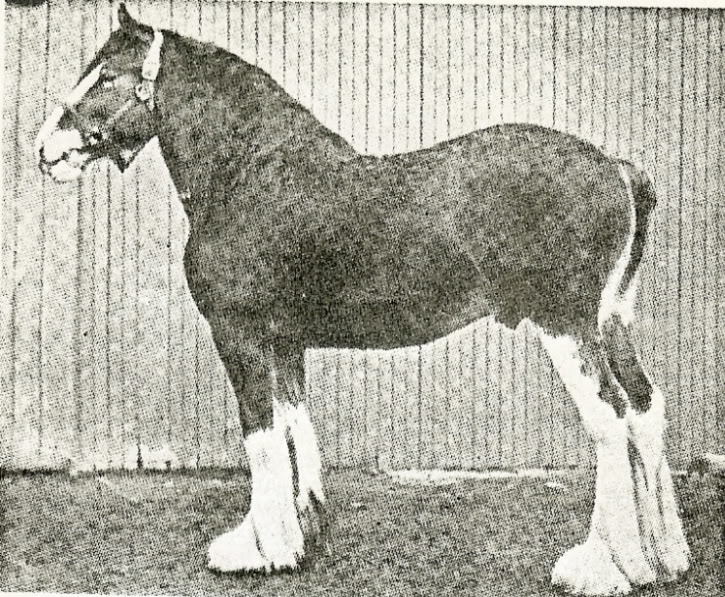
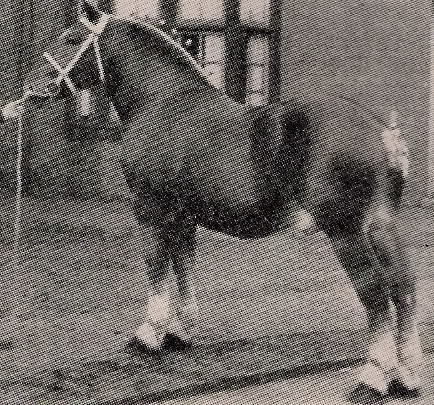
Great information! My grandfather raised Percerons on his dariy farm in Michigan. My father told me that to have several matched teams of them was a sign of wealth because they change color as they age. Unlike some of the other breeds that stayed the ame color from birth to old age. The mares would have the foals and the next day be back to work in the field with the foal by their side. The foals were trained to buggy at 1 1/2 yrs old and graduated to team pulling the milk wagon with a seasoned older horse. They did not put them to work in the field until they reached 3 years old. They kept most of the fillies and sold the trained geldings.This thread is a bit old, but one I think I can intelligently answer. There is some correct information but a lot of really incorrect information. I have spent a great deal of time researching the origins and history of the Clydesdale as well as other draft horse breeds in North America. Most origins stories of knights in shining armor are massive myths. To really understand draft horses we have to start with the Agricultural Revolution. The draft horse was a specialist that fitted a demand for ever increasing industrialization in cities and for larger farms. Horse use on the farm varied from region to region. The south and the far west did not have many draft breeds and very rarely employed full blooded drafts. The draft horse centers were Michigan, Wisconsin, Ohio, Indiana, Illinois, Iowa, Minnesota, and Eastern Nebraska and Kansas. There were exceptions like the stable of Percherons of Col. White in Virginia. The key time for draft horses was from about 1890 to 1940. This also coincides with the zenith of all purebred livestock. Draft horses were big business for many and many farms specialized in importing thousands of animals every year. The primary source of profit was horses bred for street work in the industrial cities. The Clydesdale's entire conformation is based on its usefulness in the streets of Glasgow. It was more difficult to breed the type wanted for street work than what works for farming; soft ground is more forgiving the not so ideal joint and leg than granite streets, so many farmers bred for geldings they could sell for street work while keeping good clean legged mares for farm work. The motto “it costs the same to feed a good one as a bad one” surely came from this era and many farmers saw profits to be made selling high quality purebred horses. From about 1900 on exhibitions were booming, the trade for good horses was brisk, stallion owners and importers were making fortunes, promotional hitches began appearing and many people were pushing friends and neighbors to upgrade their stock. After WWI the first crash in the market happened, mostly effecting street horses, the purebred trade was still strong however. Then after WWII the entire market crashed which lead to a massive plummeting of all of the major breeds. Some of the smaller breeds have never recovered. Many of the draft breeds are like the heritage chicken breeds who saw their heyday in the same era. The breeds have not fully recovered and still need help from dedicated individuals who are interested in breeding high quality horses with the same leg traits valued years ago. Below I have posted some fine examples of horses from that era.











I asked my mom if she remembered the Meadowbrook Farm and she rattled off all the farms & owners she could remember from the 1930s & on and couldn't pinpoint where or who owned Meadowbrook. Do you know what road it was on? Do you remember the name Zina & Ola Bolgos? Zina was my 4-H leader and his family started Bolgos Dairy on the north side of Ann Arbor in 1955? He owned and showed Belgian's until very late in his years. I think one of his mares was called Connie. My grandfathers farm was located where Domino's World Headquarters in Ann Arbor is now located. The barn for Domino's Petting Farm was build by my grandfather and great-grandfather and moved to it's current location by Domino's owner.Fried Green Eggs you are quite right having matched grey Percheron teams was a sign that your farm was successful. I remember my elders and family members from that time period talking about how raising good purebred stock was a sign that your farm was going places and commanded a lot of respect in a community. I see you grew up on a farm by Ann Arbor, you were close to probably the greatest Belgian breeding farms of all time: Meadowbrook. Now the farm is part of the University of Michigan. The farm's main horseman was Harold Clark who can be seen in the photo of the Connor Prairie three grey Percheron mares above. They never registered any horses with the prefix of Meadowbrook but made use "Con" as a start to all the names ie Conqueror, Congolaise, Conquest, Continue, Contella ect.
Here is a Meadowbrook stud horse

What is the popular opinion on the origin of the Morgan horse?Morgans were also very popular for farm work since they could pull a plow but were also "flashy" enough to be a good driving horse
There is a theory, which I believe to be true, that when the Dutch arrived and settled in New Amsterdam (now NY) they brought their Friesian horses with them. These horses were then later crossed with horses that were already in N.A. (Roadster types maybe?) and thus later on the development of the Morgan and the dissolution of the pure Friesian in N.A. Morgans cross very beautifully with Friesians today with some crosses looking very close to purebred Friesians. This would also explain the Baroque characteristics of the Morgan horses as well.What is the popular opinion on the origin of the Morgan horse?
